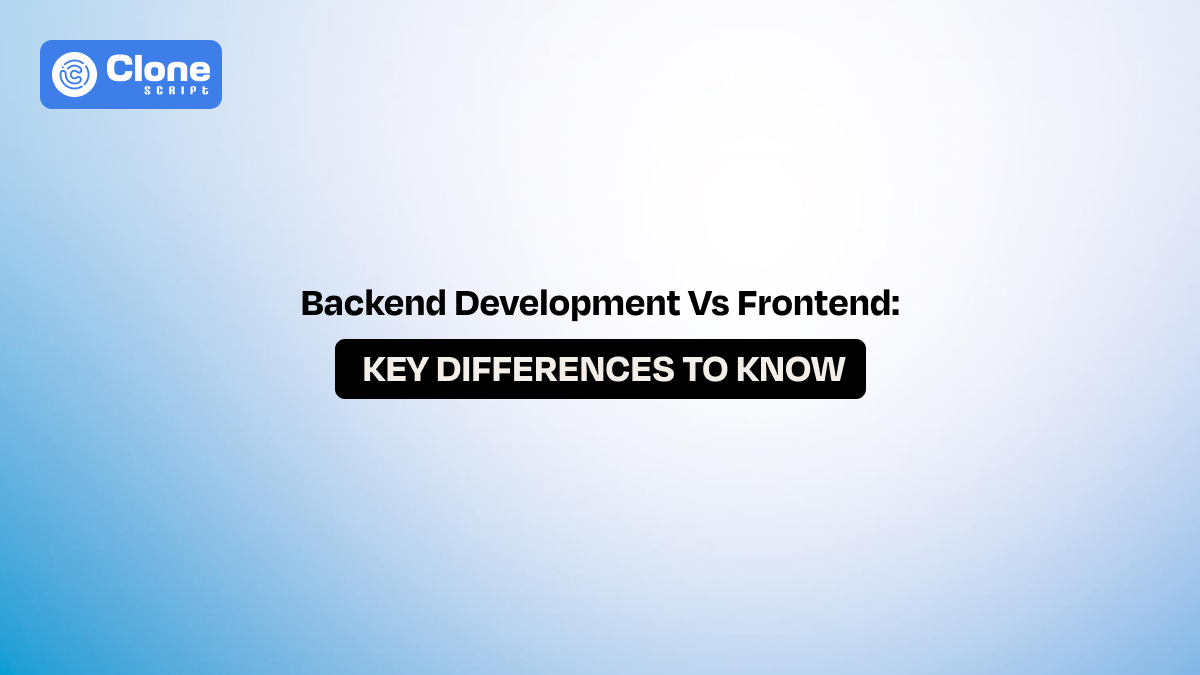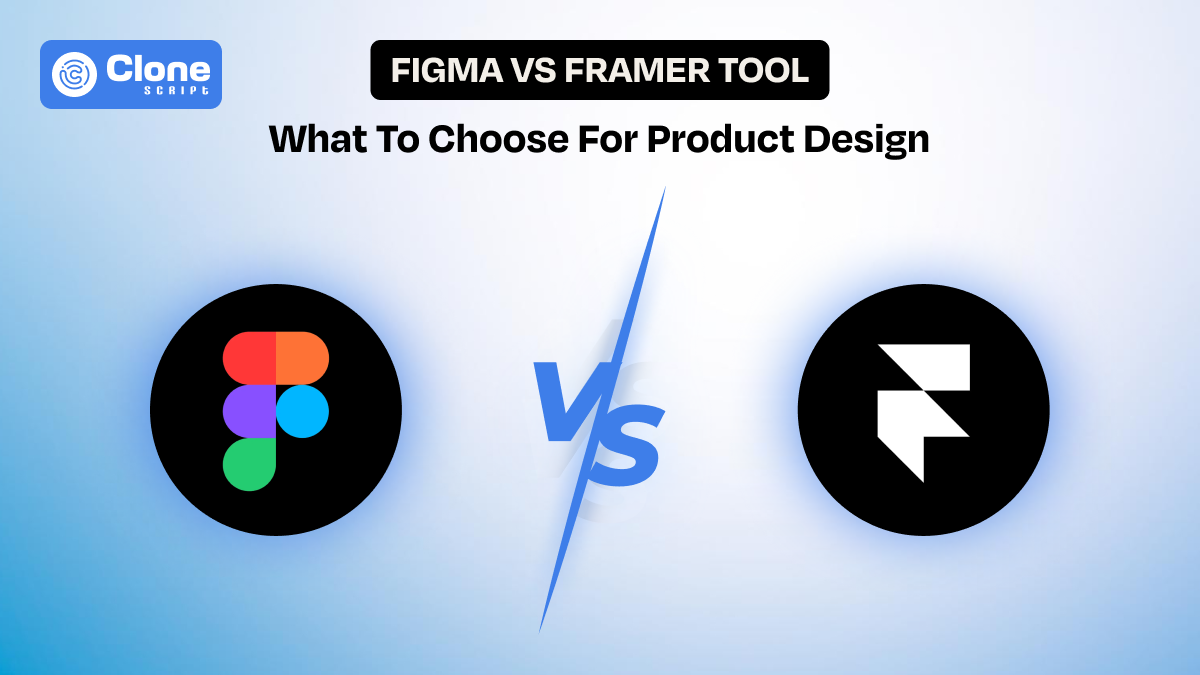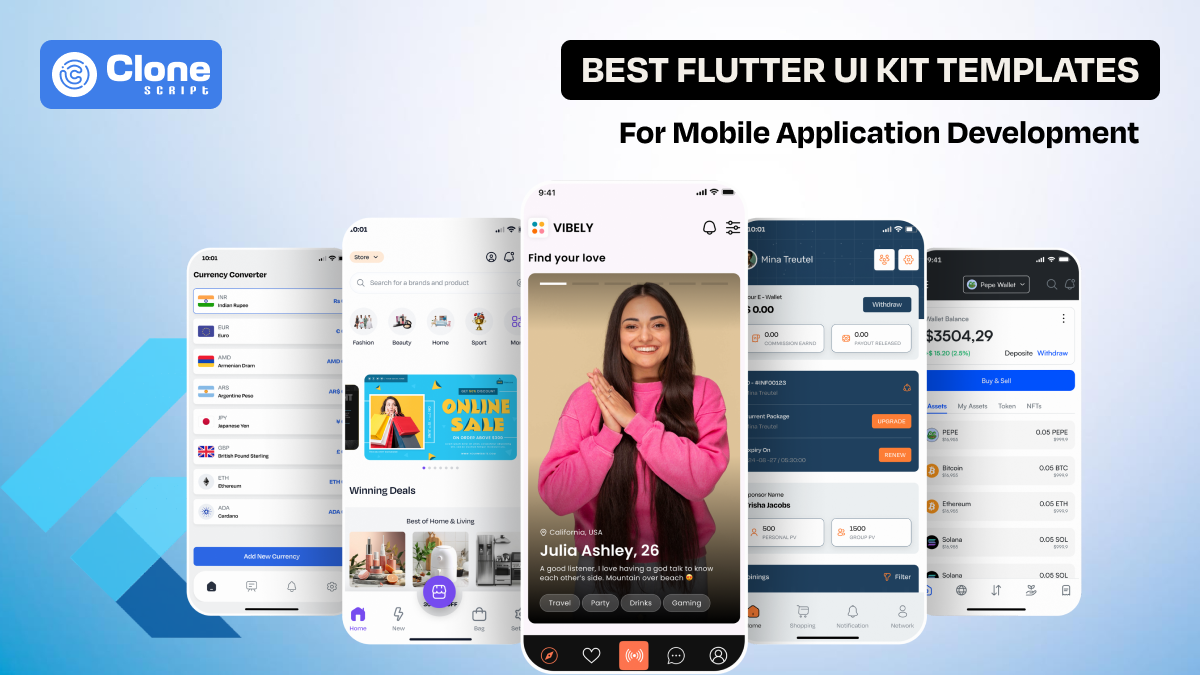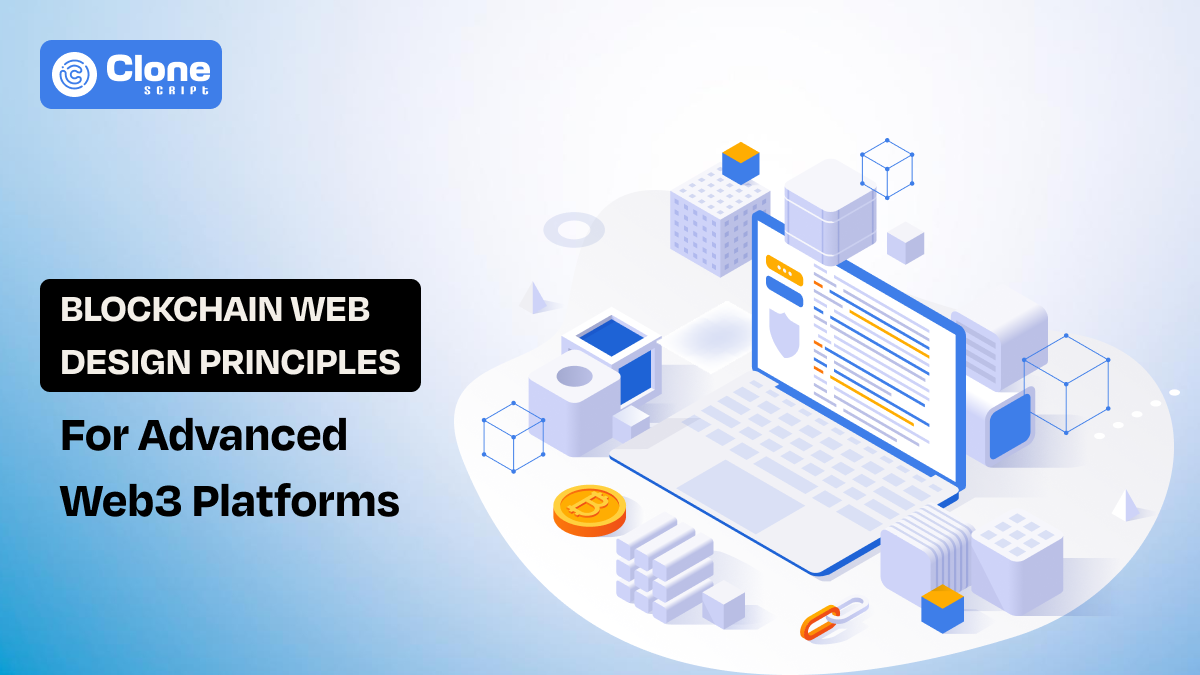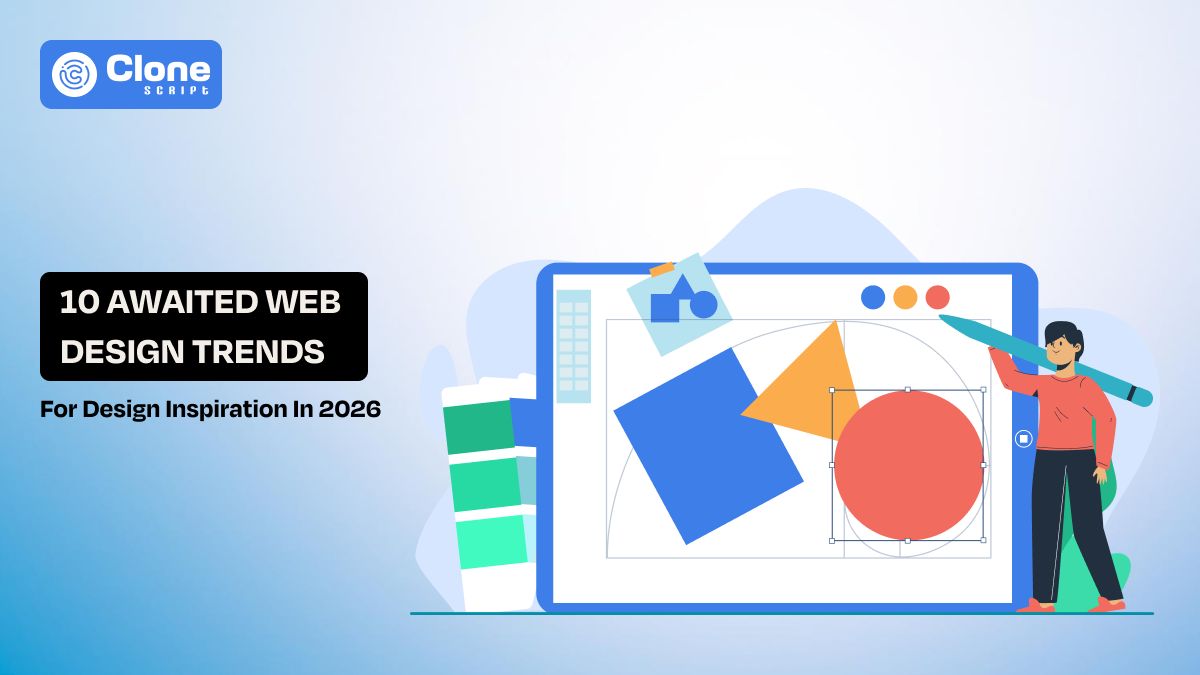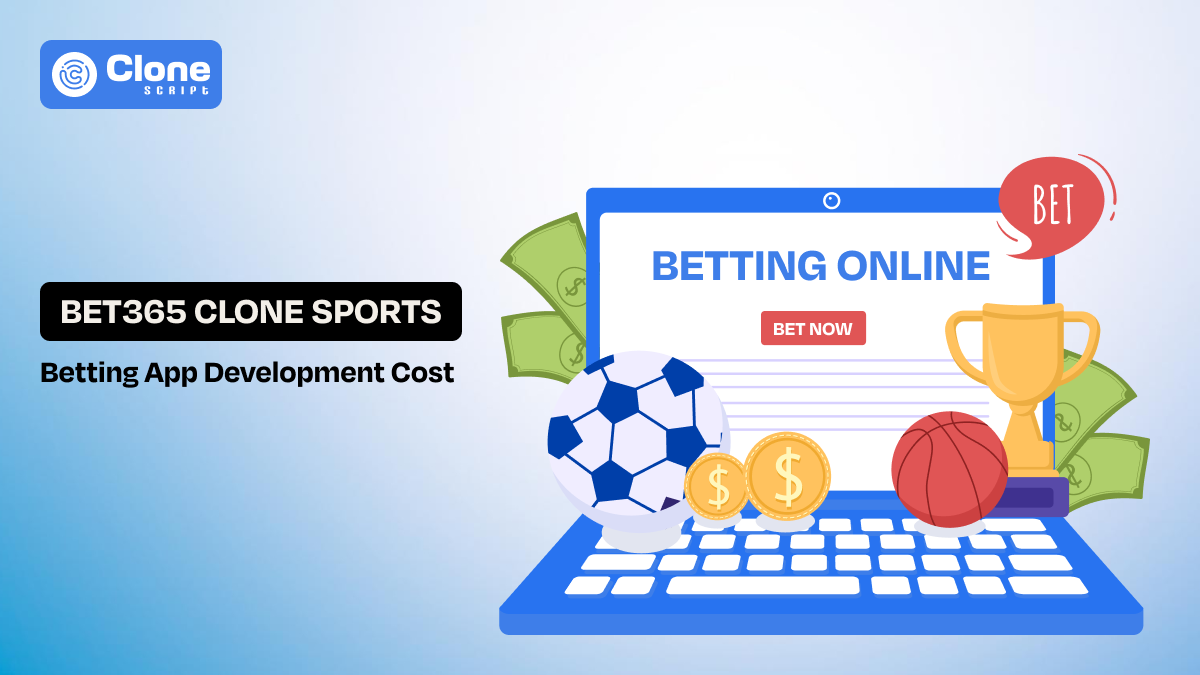Backend Development vs Frontend: Key Differences Every Developer Must Know
Every time you open your favorite app or website, you’re looking at the result of two equally important worlds: frontend and backend development.
The frontend is everything you see: buttons, forms, images, and menus. It’s the layer that makes the product feel smooth, intuitive, and trustworthy. The backend, on the other hand, is invisible but essential. It’s the engine that runs behind the scenes, stores data safely, processes your actions, and maintains the experience is secure and consistent.
Knowing the differences between backend and frontend is not just about coding. It’s about understanding how digital products truly work. For businesses and startups, the distinction guides smarter decisions: should you invest more in a sleek user interface or in the robust backend services that power growth?
This article will explain both concepts in detail, highlight key differences between these two sides of web development, share best use cases, and clarify how full-stack development bridges the gap. By the end, you’ll know exactly why both sides matter and how to prioritize them for your next project.
What is Frontend Development?
Frontend development, called client-side development, includes everything users directly interact with. It determines how a website looks, feels, and responds when someone clicks, scrolls, or types.
There are two types of frontend development: 1. For websites, and 2. For mobile apps.
In frontend website development, the developers are working to make a site functional, responsive, and attractive to outrank the competitors.
At the same time, front-end app development includes designing the layout as per the device’s OS versions, such as iOS and Android. By optimizing the UI designs and code, it lays the foundation of a successful product.
Core Technologies in Frontend Development
Here is the most common frontend development tech stack considered by developers to make the best product:
-
HTML: It defines the structure of web pages. It acts as the backbone of any website, organizing text, images, and links for browsers to display.
-
CSS: Styles and formats the content, from colors to layouts. It ensures the website looks consistent and adapts well to different screen sizes.
-
JavaScript: Adds interactivity and dynamic functionality. It powers features like sliders, pop-ups, and real-time updates.
-
Frameworks/Libraries: React, Angular, and Vue.js help developers build complex interfaces more efficiently. They save time by offering pre-built components and reusable code.
-
Flutter: To make the mobile app engaging and user-friendly with a UI kit framework, Flutter is used.
Responsibilities of Frontend Developers
Take a look at what a client-side web developers do:
-
Designing responsive layouts that adapt to desktops, tablets, and mobiles. A responsive site improves user experience and keeps visitors engaged.
-
Ensuring fast load times by optimizing images, scripts, and styles. Faster websites improve SEO rankings and reduce bounce rates.
-
Working on accessibility so people with disabilities can use the site seamlessly. Accessibility ensures inclusivity and meets global web standards.
-
Collaborating with designers to turn UI/UX concepts into working applications. This bridges creativity with functionality for a polished end product.
What is Backend Development?
Backend development is the server-side process of building and maintaining the technology that powers websites and applications. It handles databases, APIs, authentication, and business logic. Backend developers maintain smooth communication between the frontend and server, enabling dynamic features like logins, payments, and real-time data processing.
Core Technologies Used in Backend Development
The following tech stack has been prioritized in server-side development:
-
Programming Languages: Popular choices include Python, Java, PHP, Ruby, and Node.js. Each language offers unique strengths, from scalability to speed.
-
Databases: MySQL, PostgreSQL, and MongoDB store and manage application data. Databases manage data securely, are retrievable, and well-structured for business needs.
-
Web Servers: Tools like Apache, Nginx, and Microsoft IIS handle client requests and deliver responses. They play a key role in server-side development and performance optimization.
-
APIs: REST and GraphQL enable uninterrupted communication between the frontend and the backend. APIs make it possible for apps, services, and third-party tools to work together.
-
Frameworks: Django, Laravel, Spring Boot, and Express.js speed up backend programming. They provide pre-built modules, security features, and a structured workflow for developers.
Responsibilities of Backend Developers
Here is an overview of how backend developers manage their tasks:
-
Building and managing databases. Backend developers analyze whether data storage is secure, optimized, and scalable for large volumes of users.
-
Developing server-side logic and APIs. They create the core logic that powers user interactions, from authentication to payment processing.
-
Integrating third-party services. This includes adding payment gateways, cloud storage, or other external tools into applications.
-
Ensuring security and data protection. They implement encryption, firewalls, and best practices to safeguard sensitive information.
-
Maintaining application performance. Backend developers monitor load times, server health, and scalability for smooth operations.
Backend development is a polished part of web development that makes the frontend a shining part, really possible to work with. It has to be managed properly.
Knowing the definition of web development types is not enough. You have to know the difference between client and server-side development.
What Sets Apart Frontend from Backend Development?
The frontend focuses on what users see and interact with, while the backend manages what happens behind the scenes. Although frontend and backend development work together to deliver a complete web application, their roles are very different. Here’s a detailed comparison:
1. Focus
-
Frontend Development: Deals with the visual interface and user experience (UX). Everything from buttons, forms, navigation menus, and layouts to animations is built by frontend developers for proper interaction.
-
Backend Development: Handles server logic, data processing, and business rules. It is optimized in a way that when a user clicks a button, the right data is fetched, processed, and displayed accurately.
2. Technologies Used
-
Frontend: Frontend technologies include HTML, CSS, and JavaScript, supported by frameworks such as React, Angular, and Vue.js. These tools allow developers to build responsive, interactive, and scalable interfaces.
-
Backend: Relies on programming languages like Python, Java, PHP, Node.js, and databases like MySQL, PostgreSQL, and MongoDB. Frameworks such as Django, Laravel, and Express.js speed up development with built-in features.
3. Visible to Users
-
Frontend: Directly visible. Users interact with layouts, buttons, text, videos, and other interface elements. It defines the look and feel of a website or app.
-
Backend: Invisible to users, but important. It processes data requests, manages sessions, and stores information. Without backend logic, even the most attractive frontend is non-functional.
4. Performance Metrics
-
Frontend: Measured by page speed, responsiveness, and accessibility. A slow or poorly optimized frontend increases bounce rates and hurts SEO rankings.
-
Backend: To evaluate performance, three aspects have been covered: server uptime, request latency, and scalability. For example, an e-commerce site development must handle thousands of concurrent checkouts without downtime.
5. Security Role
-
Frontend: This ensures forms are validated, prevents cross-site scripting (XSS) issues, and secures session cookies. This layer is about protecting users while interacting with the interface.
-
Backend: It implements stronger security, including user authentication, data encryption, and API protection. Backend developers also defend against SQL injection, DDoS, and other server-side threats.
6. Business Value
-
Frontend: It directly impacts engagement, conversions, and brand image. A smooth, appealing design keeps users coming back and encourages purchases or sign-ups.
-
Backend: It guarantees reliability, trust, and data integrity. If backend services fail, the business risks downtime, lost sales, or data breaches, and damages its reputation.
The difference is clear: Frontend is the mirror of the business website and app. It's the user interface and everything the user sees and interacts with.
The backend helps to display the information by processing the data and providing the functionality that the frontend needs to show the user.
It’s a time to understand where server-side development is useful, or client-side development is required, for which type of project? Let’s find out.
Best Use Cases for Frontend and Backend Development Services
Both frontend and backend development services play unique roles in building modern digital products. Understanding their best use cases helps businesses choose the right approach depending on goals, audience, and project complexity.
Frontend Development: Best Use Cases
Frontend development is ideal for businesses that want to prioritize user engagement and customer experience. Some use cases include:
-
E-commerce Platforms: Creating visually appealing product catalogs, search filters, and smooth checkout flows. A well-designed UI directly influences purchase decisions.
-
Startups & MVPs: When launching a minimum viable product (MVP), frontend design helps quickly showcase features to attract investors or test with early users.
-
Content-Driven Websites: Blogs, media sites, and educational portals rely on strong frontend design for readability, navigation, and responsive layouts.
-
SaaS Applications: Interfaces for dashboards, reporting, and analytics must be intuitive so users can adopt the software easily.
According to Adobe, 38% of users will stop engaging with a website if the content or layout is unattractive. This proves how important the frontend is for conversions.
Backend Development: Best Use Cases
Backend development shines when applications require data processing, complex logic, and strong security. Use cases include:
-
Financial & Banking Apps: To securely handle transactions, authentication, and fraud detection, fintech products emphasize strong server-side development.
-
Healthcare Applications: Healthtech applications have to be made to manage sensitive patient data while complying with regulations like HIPAA.
-
High-Traffic E-commerce Sites: For multinational marketplaces, it is important to manage inventory, payment gateways, and order processing at scale according to backend services.
-
Social Media & Messaging Apps: Real-time communication relies on backend servers for data storage, APIs, and notifications.
-
Enterprise Software: CRM, ERP, and HR systems need backend logic for integrations, automation, and data accuracy.
A report by MarketsandMarkets estimates the backend-as-a-service (BaaS) market will grow to $9.2 billion by 2028. These stats highlight its increasing importance for scalable web and mobile applications.
Now you know the use case of both sides of development. But which one is superior to the other has to be clarified.
Which is More Important: Frontend or Backend?
The truth is, neither frontend nor backend development can stand alone. Both are equally important in creating a functional, engaging, and secure digital product. Their importance depends on the type of project, business goals, and user expectations.
Why Frontend Matters?
The frontend is the first impression of any website or app. It directly impacts how users perceive your brand and how long they stay engaged. If the UI design looks outdated, loads slowly, or isn’t mobile-friendly, users will bounce, even if the backend is flawless.
-
Google reports that 53% of mobile users abandon a site if it takes longer than 3 seconds to load. It means frontend performance directly affects retention and conversions.
Business Impact: Strong frontend boosts user engagement, conversions, and brand trust, a booster for startups and e-commerce platforms.
Why Backend Matters?
Backend ensures everything works seamlessly behind the scenes, from secure payments to data processing. Without a strong backend, a sleek frontend becomes useless because users can’t complete actions like logging in, purchasing, or accessing real-time updates.
-
According to Verizon’s Data Breach Report, 82% of breaches involved a human element or weak backend security, showing the importance of backend programming and security.
Business Impact: Backend manages scalability, reliability, and data protection, which are useful for industries like finance, healthcare, and SaaS.
Balanced Perspective
Instead of asking which is more important: frontend or backend, businesses should ask:
What are my priorities?
-
If your goal is attracting and retaining users quickly, then prioritize frontend development services.
-
If your goal is scalability, security, and long-term growth, then invest in backend development services for websites and apps.
The most successful digital products balance frontend and backend development. This allows a smooth, secure, and enjoyable user experience from start to finish.
What is the best way to make the product more successful without compromising the frontend quality or losing the security of the backend? Full-stack development is the savior.
What is Full-Stack Development?
Full-stack development refers to the ability to work on both frontend (client-side) and backend (server-side) aspects of a web or mobile application. Instead of specializing in just one area, full-stack developers are skilled in designing user interfaces and building the server logic that powers them.
Key Skills of a Full-Stack Developer
A full-stack developer typically has expertise in:
-
Frontend Technologies: They are familiar with the user-side development tech stack, like HTML, CSS, JavaScript, and frameworks like React, Angular, or Vue.
-
Backend Programming: To power up the frontend development, they use Node.js, Python, Java, PHP, or Ruby for server-side logic.
-
Databases: For managing the data securely on the web servers, they implement SQL and NoSQL systems like MySQL, PostgreSQL, or MongoDB.
-
Version Control & Deployment: To test the product in real-time without being live, Git, CI/CD pipelines, and cloud platforms like AWS or Azure are used.
-
API Development: Creating and integrating RESTful and GraphQL APIs for communication between systems.
Benefits of Hiring Full-Stack Developers
Here is a list of choosing a full-stack development:
-
Cost-Effective for Startups – Instead of hiring separate frontend and backend teams, startups can rely on one full-stack developer to build and launch MVPs quickly.
-
Faster Development Cycles – Full-stack developers understand the entire workflow. It is more efficient in collaboration and troubleshooting.
-
Scalability & Flexibility – They can adapt easily to project changes, whether it’s UI design updates or backend optimization.
-
Holistic Problem-Solving – Because they understand both layers, full-stack developers can optimize performance across the entire system, not just in isolated parts.
According to the U.S. Bureau of Labor Statistics, demand for full-stack developers will grow by 16% between 2023 and 2033, faster than average for all occupations, as businesses increasingly seek versatile talent for web and app development.
When Should You Hire a Full-Stack Developer?
If you find the following criteria, then it’s better to go with a full-stack web development:
-
Startups & Small Businesses: Ideal for MVPs, prototypes, and early-stage products.
-
Agile Teams: Great for projects needing fast iterations with limited resources.
-
Maintenance & Upgrades: Full-stack developers can handle both UI refreshes and backend optimizations.
-
Cross-Functional Projects: Perfect when a project requires integration between multiple systems or platforms.
In short, full-stack development bridges the gap between frontend and backend, offering businesses flexibility, speed, and cost-effectiveness without compromising on quality.
Conclusion
Frontend and backend development are not rivals. They are two sides of the same coin in modern web and app development. While the frontend shapes user experiences, the backend offers performance, security, and scalability. Businesses that balance both are better positioned to build products that engage users, protect data, and scale effortlessly.
However, most successful companies invest in both, through full-stack developers who bridge the gap.
Whether you need backend development services for websites and apps or skilled frontend developers, the right choice will determine your product’s long-term success.
FAQs
-
How do frontend and backend components communicate?
They typically interact via APIs, REST, or GraphQL. The frontend sends requests to the backend, which processes data and returns responses. This communication manages seamless data flow and dynamic content delivery.
-
Should I start with frontend or backend development?
Your choice depends on what excites you:
-
Pick frontend if you're drawn to design, interactivity, and UX.
-
Pick backend if system logic, data modeling, and infrastructure interest you more.
Many web developers explore both paths to becoming full-stack developers.
-
Which is better for startups: frontend or backend development services?
Startups need backend development services first to get scalability, data handling, and security. However, investing in frontend development is equally important to attract users. A balanced approach or hiring a full-stack developer is the most cost-effective choice.
-
Is backend development harder than frontend development?
Generally, backend development is considered more complex due to its reliance on deeper system architecture, database interactions, and server-side logic. Frontend emphasizes creative design and user interfaces, while backend demands stronger algorithmic and infrastructure skills.
-
Can a frontend developer become a backend developer, and vice versa?
Yes. A frontend engineer can transition to backend development by gaining skills in server-side languages like Python, Java, or Node.js and API handling. Similarly, a backend developer can move to the frontend by learning HTML, CSS, JavaScript, and frameworks like React or Vue.
 BTC - Bitcoin
BTC - Bitcoin
 USDTERC20 - USDT ERC20
USDTERC20 - USDT ERC20
 ETH - Ethereum
ETH - Ethereum
 BNB - Binance
BNB - Binance
 BCH - Bitcoin Cash
BCH - Bitcoin Cash
 DOGE - Dogecoin
DOGE - Dogecoin
 TRX - TRON
TRX - TRON
 USDTTRC20 - USD TRC20
USDTTRC20 - USD TRC20
 LTC - LiteCoin
LTC - LiteCoin

